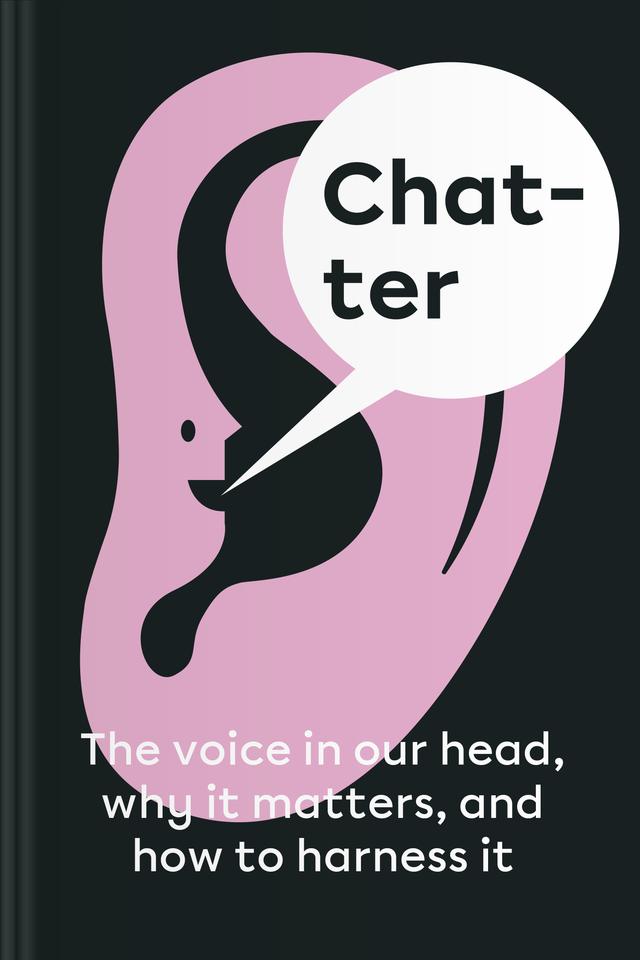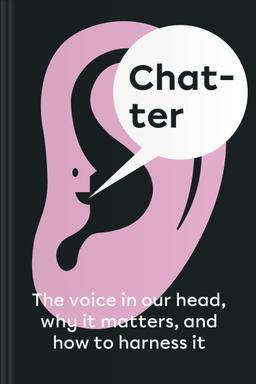You’ll learn
- How to harness the inner voice’s duality
- Techniques to navigate emotional mazes
- The transformative power of “zooming out”
- How to tap into the healing strength of belief
russia has launched a full-scale war in Ukraine. Donate to support Ukraine and protect the world’s peace.

first KEY POINT
We've all been awake at 2 a.m., rehashing the day's events, wondering about the 'what ifs' and 'should haves.' This inner voice guides our emotions, decisions, and self-image. While our internal dialogue can provide insights, it can bring negativity, and we find ourselves in a dark room, fearing the unknown from the sheer weight of our thoughts.From an early age, we are encouraged to be introspective. When Ethan Kross was a child, his father taught him to “go inside” and reflect upon dilemmas. In doing so, he learned the value of seeking internal answers at a young age. But as with any tool, misuse or overuse can cause harm, so our inner voice can magnify our anxieties and concerns.
Look at Arielle, a student who felt robbed for not knowing emotional self-regulation skills sooner. Her experience highlights the pressing need to understand and manage our inner dialogues from an early age.But here's the silver lining: We can control this voice. The tried-and-true methods we’ll discuss later can amplify its positives and silence its negatives. These techniques involve recognizing when our thoughts sabotage us and actively guiding them. This new way of thinking requires knowledge, practice, and practical tools. But this summary is your guide to help you navigate each step and make the most of your greatest asset — your mind.
Ready to take control and transform that voice into your most trusted ally? Dive in, and let's discover how together.
second KEY POINT
Walking through the streets of New York City, millions move to the rhythm of the metropolis, each individual engrossed in their destination. But beneath the exterior lies a more profound journey.We all engage in internal dialogues, a complex web of thoughts, emotions, and reflections. The face of a New Yorker might betray nothing, yet inside, a whirlwind of conversations ensues.Such was the curiosity of British anthropologist Andrew Irving. Wanting to delve deeper into this universal experience, he embarked on an ambitious study. Over fourteen months, he had captured the authentic verbal dance happening inside the minds of over a hundred New Yorkers. And amidst the skyscrapers and city lights, Irving discovered the intricacies of human thoughts and feelings.He observed that these internal dialogues are more than idle musings; they have purpose and meaning. When confronted with challenges, dilemmas, or the daily grind, many instinctively turn to this inner voice for guidance. To them, it’s an echo from their childhood, reminiscent of that Brooklyn father's advice to his son: to “go inside” and seek the answers.Yet, this process has pitfalls; the voice that can provide clarity and resolution can also trap us in its darker undertones. It can amplify our doubts, insecurities, and fears, turning a simple concern into an overwhelming anxiety. Picture someone reeling from a distressing event, their mind caught in a negativity loop — a testament to the double-edged nature of our internal chatter.

Continue reading with Headway app
Continue readingfirst KEY POINT
second KEY POINT
third KEY POINT
fourth KEY POINT
fifth KEY POINT
sixth KEY POINT